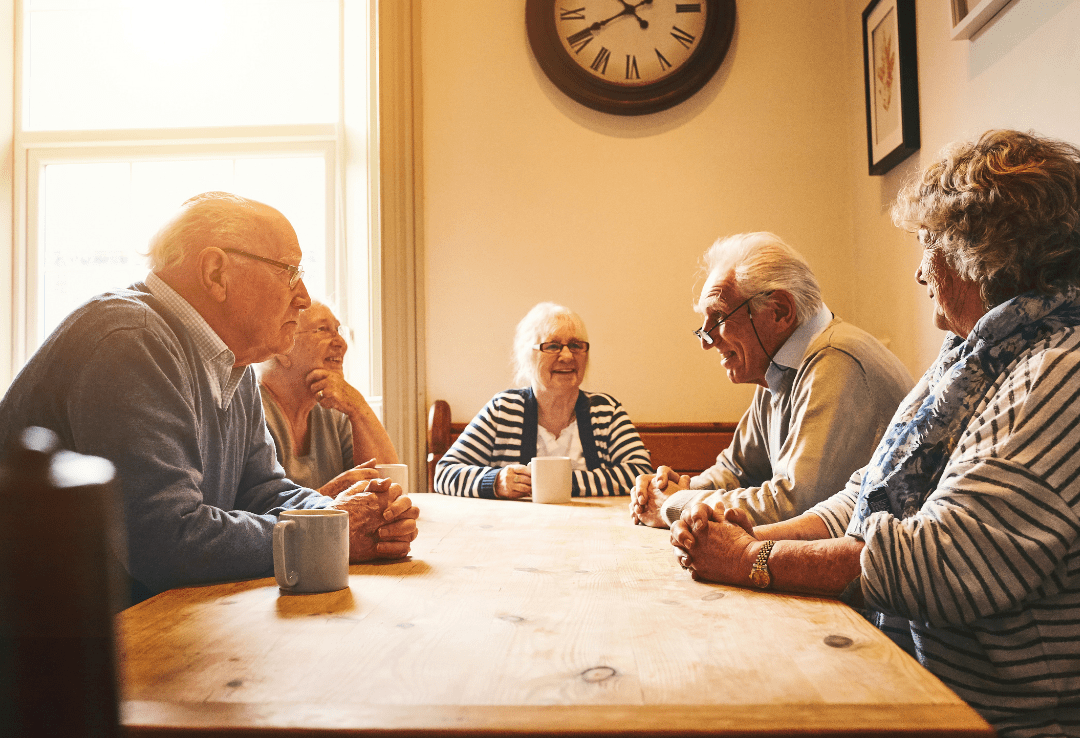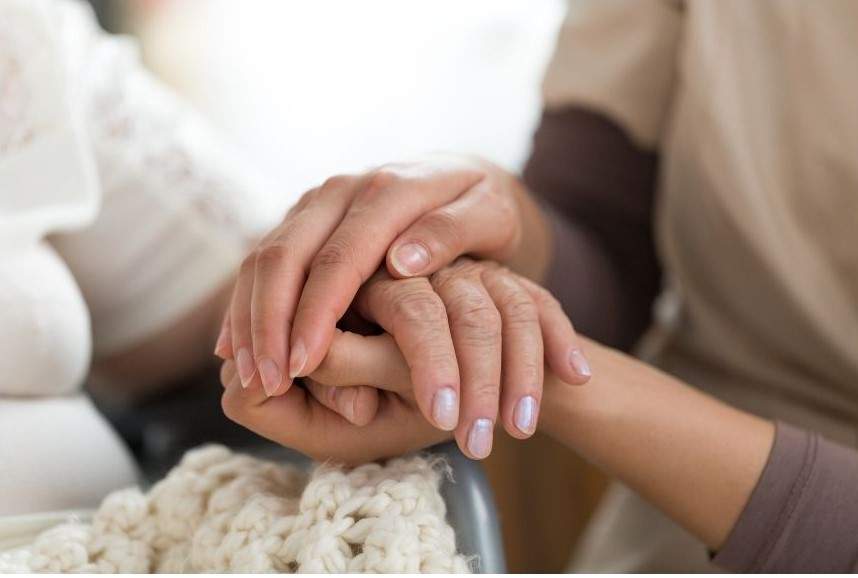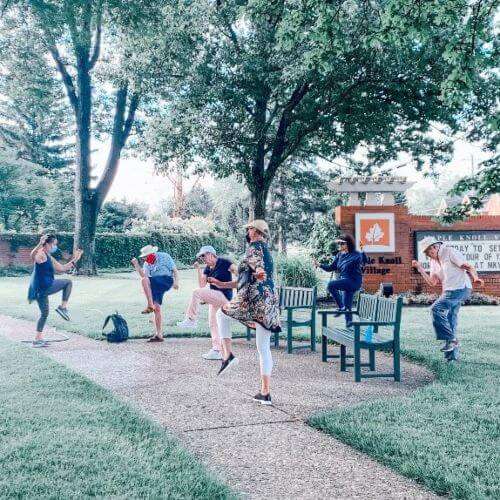The use of laughter has been used in the medical space for centuries, but more recently experts have been interested in researching its medical benefits. While laughter can’t cure everything, research suggests that it can strengthen the immune system, boost mood, diminish pain and provide relief from stress. As researchers continue to collect data on laughter’s effect on overall health, current data confirms its many physical, mental, and social benefits.
Physical Benefits of Laughter
When a person laughs, their diaphragm stretches and sends oxygen into the body, stimulating the lungs and respiratory system. This basic act of laughing releases any built-up tension in our muscles and allows our bodies to relax and rest. In addition, genuine laughter can trigger the following physical benefits:
- Stimulates organs. Laughter enhances your capacity to breathe in oxygen-rich air which stimulates the heart, lungs and muscles, while also increasing the release of endorphins, our body’s natural mood booster.
- Boosts immunity. When we laugh, we often experience positive thinking and light-heartedness. Positive thoughts can actually help release neuropeptides that help fight stress and other serious illnesses.
- Lowers stress hormones. Laughter reduces the level of stress hormones in our body and increases antibody producing cells which help combat stress and strengthen the immune system.
- Decreases pain. Because laughter encourages the chemical release of endorphins, it has the ability to alleviate the symptoms of stress and depression. Endorphins also have the capacity to increase an individual’s ability to ignore and tolerate pain.
- Prevents heart disease. Laughter improves the function of blood vessels and increases blood flow to the heart which can help prevent heart attacks and other cardiovascular conditions.
- Improves sleep. Researchers have found that laughing causes the body to produce more melatonin which is the hormone released at the onset of sleep.
Mental Benefits of Laughter
Stress can take a toll on our bodies and our brains. In fact, according to the American Psychological Association, when stress becomes chronic, it can have serious effects on all systems of the body. Here’s how laughter works on stress and provides other mental benefits:
- Physical release. Stress is usually stored in the body in different ways. You might notice yourself clenching your jaw or raising your shoulders in moments of stress. Laughter counteracts this tension by relaxing the muscles and encouraging both physical and emotional release.
- Distraction. Laughter allows you to shift your focus from anger, guilt, stress and other negative emotions and focus on positivity and happiness instead.
- Perspective. Humor can provide a different perspective, especially in times of illness, stress, and anxiety. Laughter can also help us view challenging times as opportunities instead of threats.
Social Benefits of Laughter
According to the Centers for Disease Control and Prevention, loneliness and social isolation in older adults are public health concerns. In fact, “social isolation can significantly increase a person’s risk of premature death from all causes, a risk that may rival those of smoking, obesity and physical inactivity.” Laughter can help combat these feelings of loneliness and isolation and help foster meaningful social relationships in the following ways:
- Strengthens relationships. In addition to relieving physical tension, laughter can also help relieve tension in a relationship, especially during stressful situations. Research suggests that shared laughter between two people is closely correlated with relationship satisfaction.
- Adds positivity. It can be helpful to use humor to navigate difficult situations, when used appropriately. In fact, some individuals might find that laughter removes emotional barriers and allows for better and more honest conversations.
- Helps understand yourself and others. Humor gives us the ability to practice compassion and forgiveness and cope with anxiety, fear and grief.
Finding Laughter at Maple Knoll Village
At Maple Knoll Village, we know how important laughter is to overall wellness, that’s why we make it an everyday occurrence. Group activities such as book club, game night, and even exercise classes provide the opportunity to strengthen meaningful relationships and most importantly—have a laugh. To learn more about our offerings or to schedule a tour, please contact us.









